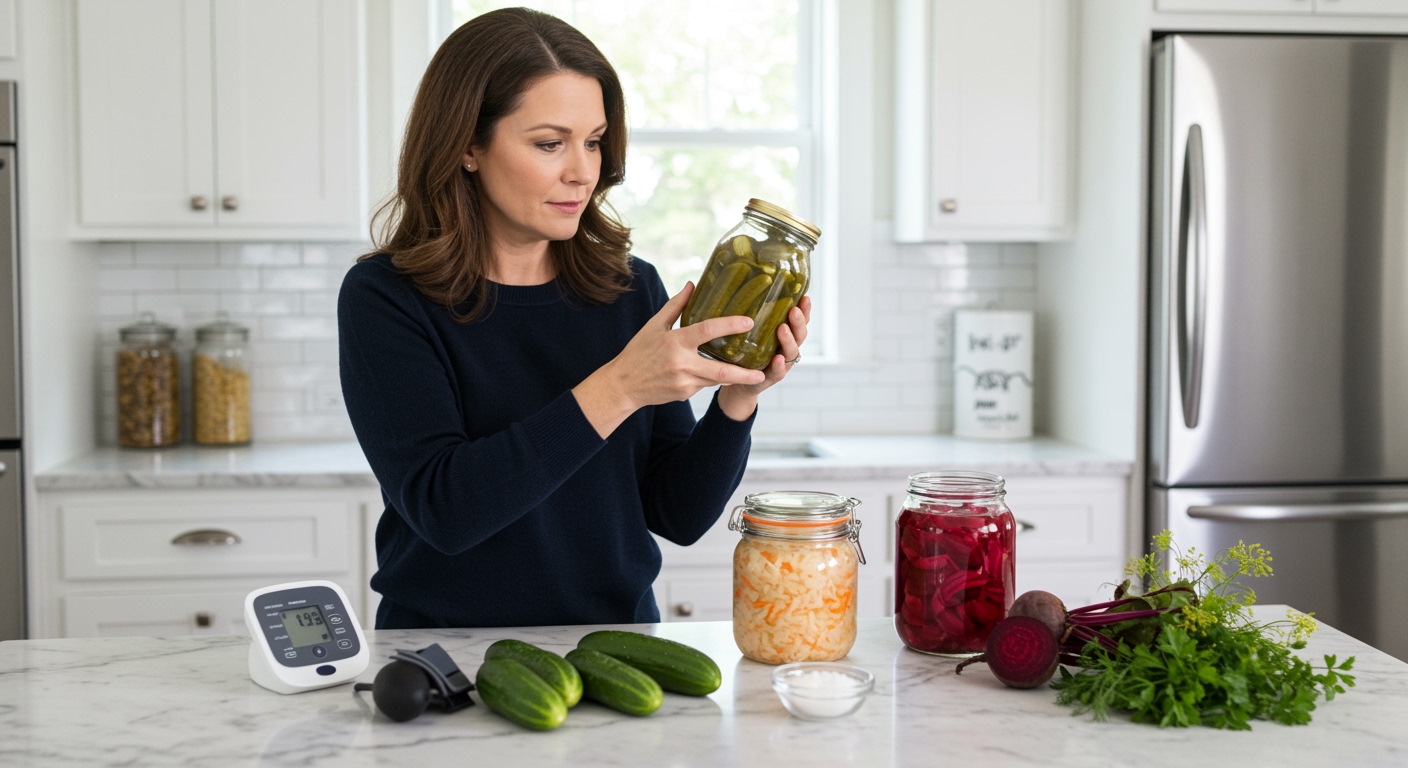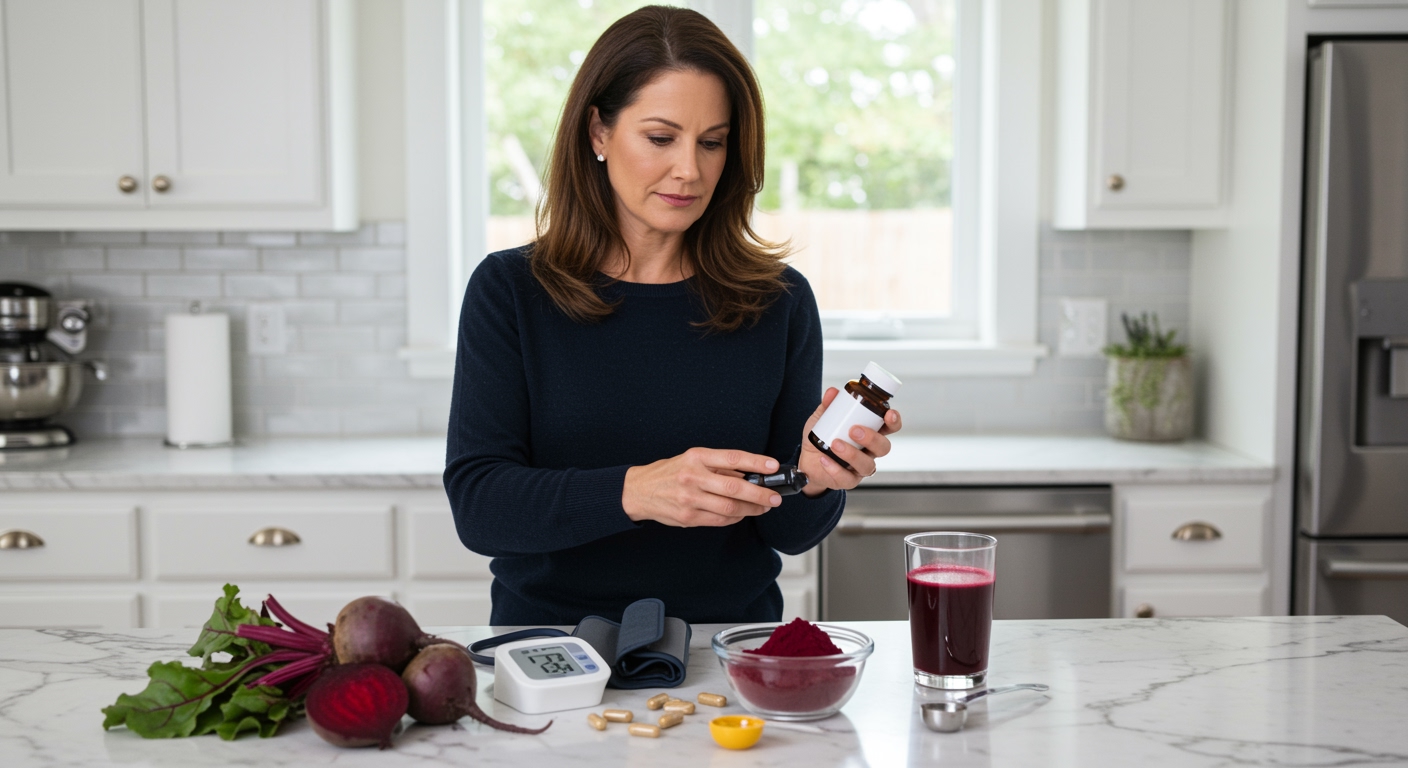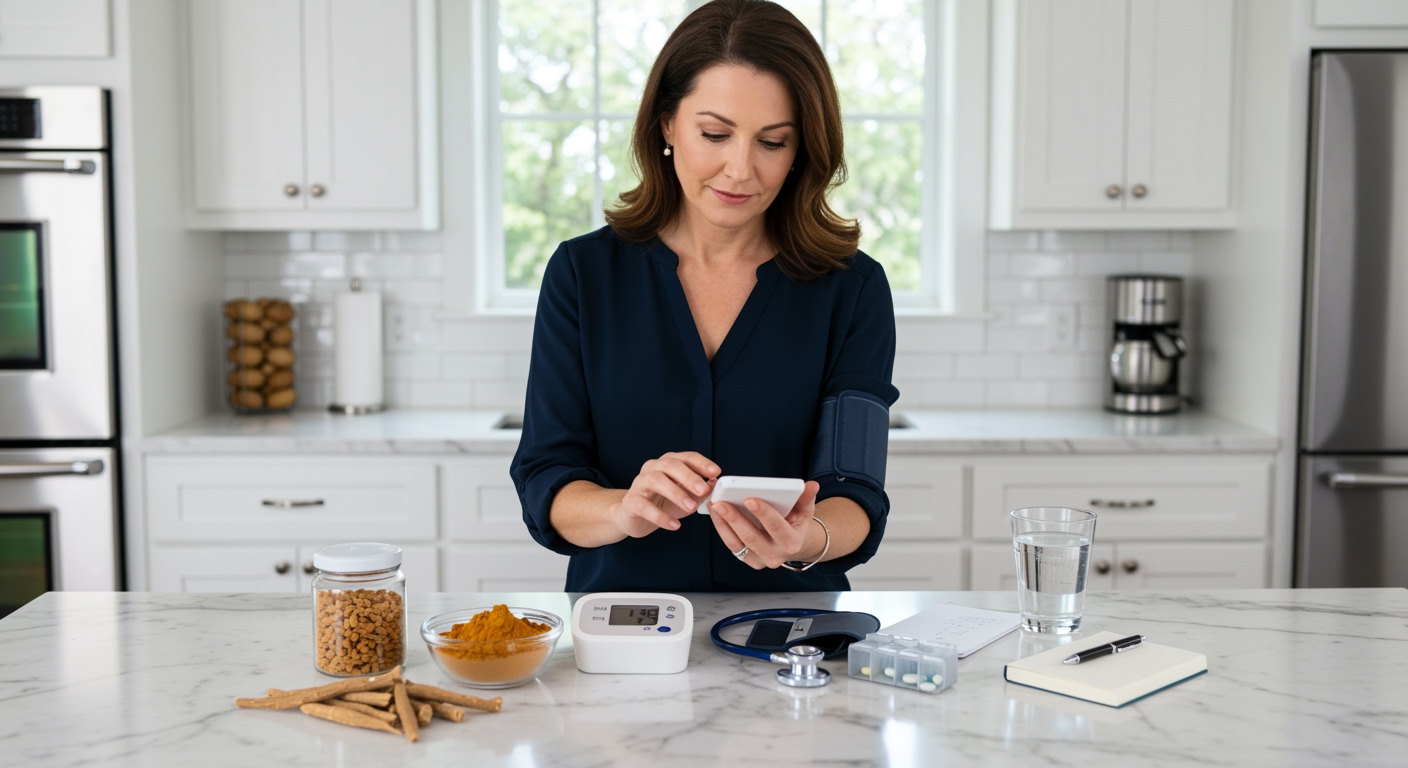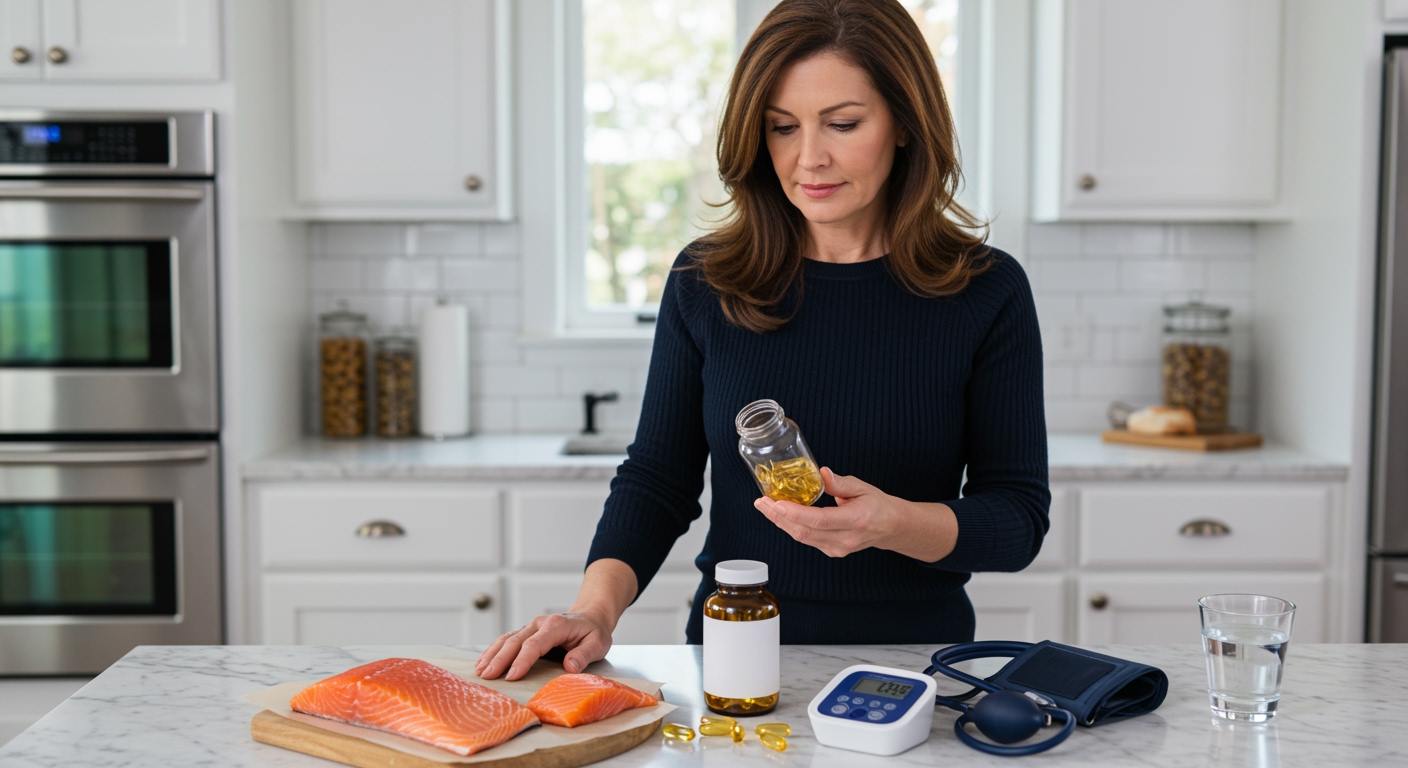✪ Key Takeaway: Not all pickled foods are bad for hypertension – fermented varieties can actually help lower blood pressure.
Introduction
Your doctor says to avoid pickled foods, but you see conflicting information everywhere about their effects on blood pressure.
You might be asking this question because you love pickles but worry about your hypertension, or perhaps you heard that some pickled foods might actually be good for you.
Hi, I’m Abdur, your nutrition coach and today I’m going to explain the complex relationship between pickled foods and blood pressure, showing you which ones to avoid and which ones might actually help.
What Makes Pickled Foods Different for Blood Pressure?
The sodium content in pickled foods varies dramatically depending on how they are made.
Commercial pickles often contain 300-400mg of sodium per serving, which represents about 20% of your daily sodium limit.
However, fermented pickles made through natural lacto-fermentation require much less salt than vinegar-based pickles.
The fermentation process creates beneficial bacteria that can actually help your body process sodium more efficiently.
Your kidneys work harder to eliminate excess sodium, and when they cannot keep up, your blood vessels retain more fluid, increasing blood pressure.
But fermented foods contain probiotics that support kidney function and may help regulate the renin-angiotensin system, which controls blood pressure.
The potassium content in pickled vegetables also matters because potassium helps counteract sodium’s effects on blood pressure.
✪ Fact: Fermented pickles contain up to 50% less sodium than vinegar-based commercial pickles.
Which Pickled Foods Actually Help Lower Blood Pressure?
Sauerkraut tops the list of blood pressure-friendly pickled foods when made without added salt.
Traditional sauerkraut fermentation uses only cabbage and a small amount of salt to start the process.
The beneficial bacteria produce lactic acid, which gives sauerkraut its tangy flavor without requiring excessive sodium.
Kimchi provides similar benefits with added vegetables like garlic and ginger, which have natural blood pressure-lowering properties.
The capsaicin in kimchi can help dilate blood vessels, improving circulation and reducing pressure on arterial walls.
Fermented pickled beets contain nitrates that convert to nitric oxide in your body, causing blood vessels to relax and expand.
Research shows that people who eat fermented vegetables regularly have lower systolic blood pressure compared to those who avoid them completely.
✪ Pro Tip: Look for pickled foods in the refrigerated section, as they are more likely to be naturally fermented.
Why Do Some Pickled Foods Spike Blood Pressure?
Commercial dill pickles contain the highest sodium levels among pickled foods, often exceeding 400mg per medium pickle.
These pickles use vinegar and high amounts of salt for preservation, creating a double sodium hit that overwhelms your kidneys.
Pickled olives present another major concern because they are cured in brine solutions with extremely high salt concentrations.
Your body responds to this sodium overload by retaining water to dilute the salt, which increases blood volume and puts pressure on your cardiovascular system.
Pickled meats like corned beef or pastrami combine high sodium with saturated fats, creating a perfect storm for hypertension.
The preservatives in these products can also cause blood vessels to constrict, further elevating blood pressure.
Sweet pickled foods add sugar to the equation, which can cause insulin spikes that affect blood pressure regulation through complex hormonal pathways.
✪ Note: One large dill pickle contains more sodium than a small bag of potato chips.
How Can You Enjoy Pickled Foods Safely with Hypertension?
Portion control becomes crucial when you have high blood pressure and want to include pickled foods in your diet.
Limit yourself to one small serving of pickled foods per day, which equals about 2-3 pickle slices or 1/4 cup of sauerkraut.
Choose low-sodium varieties whenever possible, or rinse regular pickles under cold water to remove excess salt from the surface.
Making your own pickled vegetables at home gives you complete control over the salt content and fermentation process.
Use sea salt or himalayan salt instead of table salt, and add herbs like dill, garlic, or bay leaves for flavor without sodium.
Balance pickled foods with potassium-rich foods like bananas, spinach, or avocados in the same meal to counteract sodium effects.
Monitor your blood pressure more frequently when introducing pickled foods to see how your body responds individually.
✪ Pro Tip: Drink extra water when eating pickled foods to help your kidneys process the sodium more effectively.
The Bottom Line
Pickled foods are not universally bad for hypertension, but the type and amount you choose makes all the difference for your blood pressure.
The key to healthy eating with hypertension is not elimination, but smart selection and moderation.
I would love to hear about your experiences with pickled foods and blood pressure, or any questions you might have about making healthier choices – please share your thoughts in the comments below.
At NutritionCrown, we use quality and credible sources to ensure our content is accurate and trustworthy. Below are the sources referenced in creating this article:
- Journal of Food Science and Technology: Fermented Foods and Health Benefits
- Frontiers in Public Health: Fermented Foods and Cardiovascular Health
- PubMed: Sodium Intake and Blood Pressure
- GoodRx: Foods to Avoid with Hypertension





